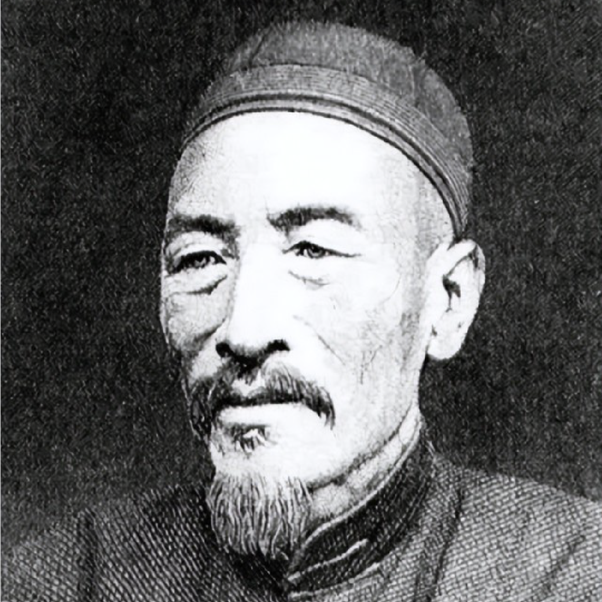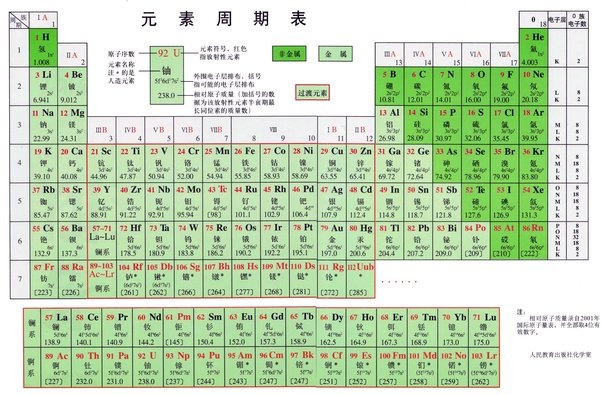Well, it depends on which chemical elements you refer to. I mean, if you refer to chemical elements that Chinese people already knew before the introduction of the periodic table, for instance, mercury and silver, they were known as 汞 and 银 in Chinese for thousands of years. Of course, apart from these familiar chemical elements, there are other chemical elements on the periodic table.
After the periodic table was introduced in China in Qing Dynasty, the names of other chemical elements on this table were translated by Xu Shou, or 徐寿 (1818–1884) in Chinese, a chemist living in Qing Dynasty. And he divided those atoms in three groups. The first group is metal, so he chose to use the radical 钅, which means metal. The second group is air, so he chose to use the radical 气, which means air. The third group is the rest of atoms, so he chose to use the radical 石, which means stone.
Here is a picture of Xu Shou.

Here is a picture of the periodic table.

By the way, when he translated some chemical elements on the periodic table into Chinese, he drew aspiration from given names of nobilities in Ming Dynasty. If you read names of these people, you could find that given names of each generation follow the circle of Five Elements Theory. Wood produces Fire. Fire produces Earth. Earth produces Metal. Metal produces Water. Water produces Wood.
I mean, for instance, if you look at these six given names from six consecutive generations, 朱棣, 朱高炽, 朱瞻基, 朱祁镇, 朱见深, 朱祐樘, you could find that the left part of 棣 is 木, which means wood. The left part of 炽 is 火, which means fire. The lower part of 基 is 土, which means earth. The left part of 镇 is 钅, which means Metal. The right part of 深 is 氵, which means water. The left part of 樘 is 木, which means wood.
And Xu Shou used given names of nobilities in Ming Dynasty, such as, 朱征钋, 朱效钛, and 朱效锂, to give Chinese names of some chemical elements. I mean, in the Chinese language, 钋, 钛, and 锂 are used to refer to chemical elements of Polonium, Titanium and Lithium, respectively.
Of course, since there have been new chemical elements adding into this periodic table, their names have also been translated into Chinese. For instance, a new chemical element, the 115th element on the periodic table, Moscovium, was translated in 2017 as 镆 in Chinese.